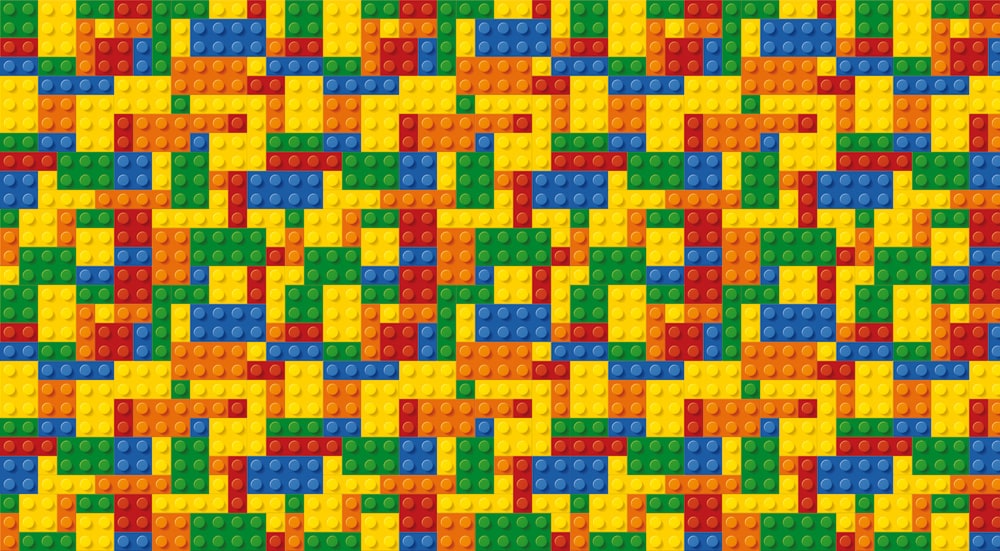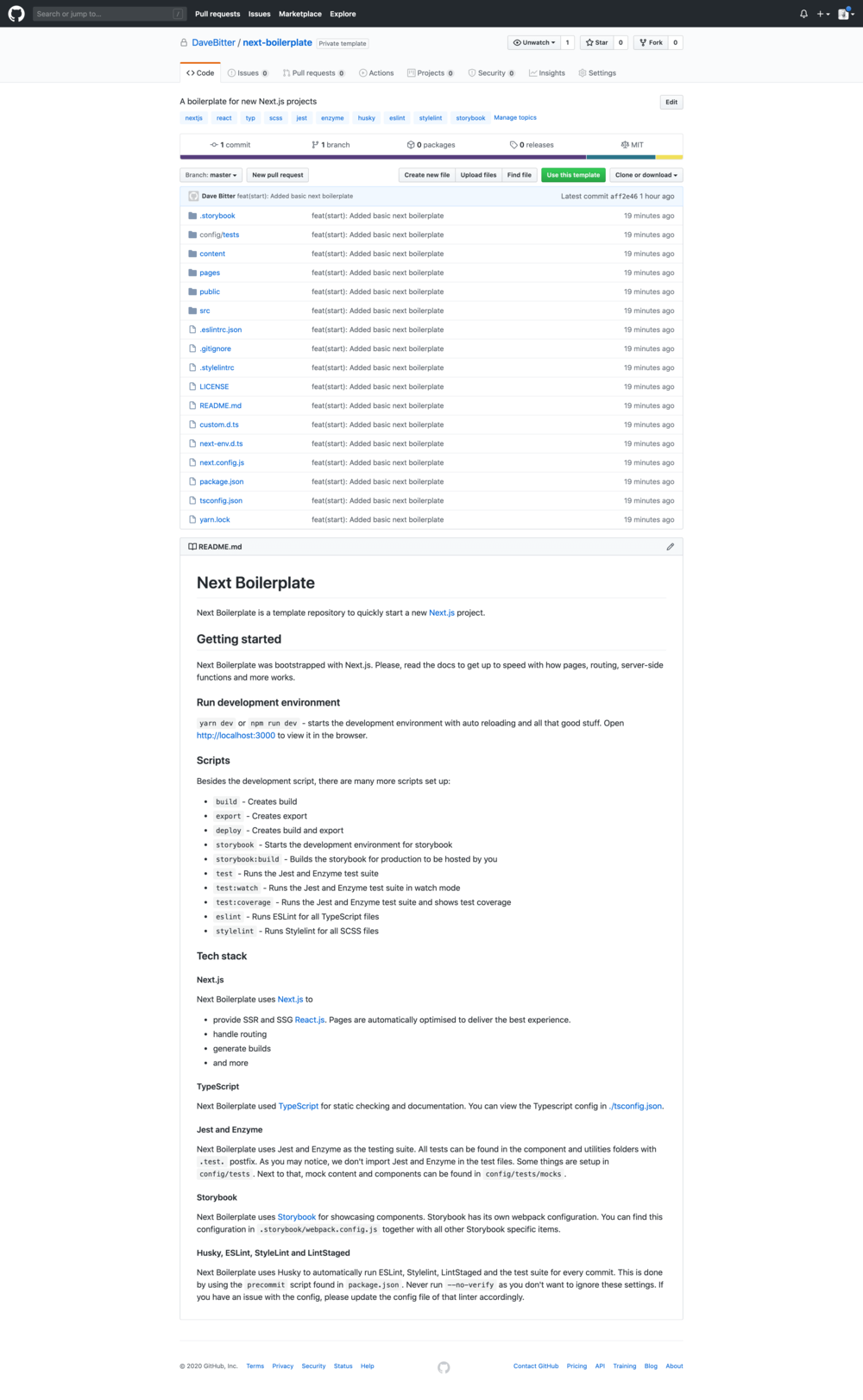How does the rem unit work again?
In CSS, the rem unit is a relative unit that is based on the root element (html element) font size. The rem unit is useful because it allows you to specify sizes that are relative to the root element font size, rather than specifying sizes in absolute units like px or pt.
For example, if you set the root element font size to 16px, and then specify that an element should have a font size of 2rem, the element's font size will be 32px (2 * 16px).
You can use the rem unit to specify sizes for various CSS properties, including font size, margin, padding, and more. It is particularly useful when you want to create a responsive design that adjusts to the user's device or screen size because you can use the rem unit to specify sizes that are relative to the root element font size.
The rem unit can also be used in media queries to specify the width of a viewport or other element in relation to the root element (html). For example, the following media query will apply the styles within it when the viewport is at least 20rem wide:
@media (min-width: 20rem) {
/* Styles go here */
}
There is a major gotcha!
Even though you can set a custom font size on the root element like this:
html {
font-size: 15px;
}
It will not always be respected by the browser. Yes, when using a rem unit for things like padding, margin, font size and more, it will use the 15px. For example, this code will set a padding of 30px:
.some-element {
padding: 2rem; // 30px
}
It can’t be used for media queries. You would expect this media query to kick in at a screen width of 300px (or 20rem as 20 * 15 = 300), but it won’t.
@media (min-width: 20rem) {
/* Styles go here */
}
It will actually be applied on a screen width of 320px. A sharp eye will see that it uses 16px as the root element font-size even though we specifically set it to 15px.
When using
remunits in media queries, it will not respect your custom set root element font size, but the browser default of16px.
Why does it do this?
My colleague and I had quite a few headscratchers before figuring this out. We dove into the CSS specifications and came across this section:
When used outside the context of an element (such as in media queries), these units refer to the computed font metrics corresponding to the initial values of the font property. When used in the value of the font-size property on the element they refer to, these units refer to the computed font metrics of the parent element (or the computed font metrics corresponding to the initial values of the font property, if the element has no parent).
So in other words, the value being used for rem units will be the browser standard (e.g. 16px) instead of your custom set 15px.
Keep this in mind the next time you run into issues using rem units in media queries. Thanks for reading and see you next time!






